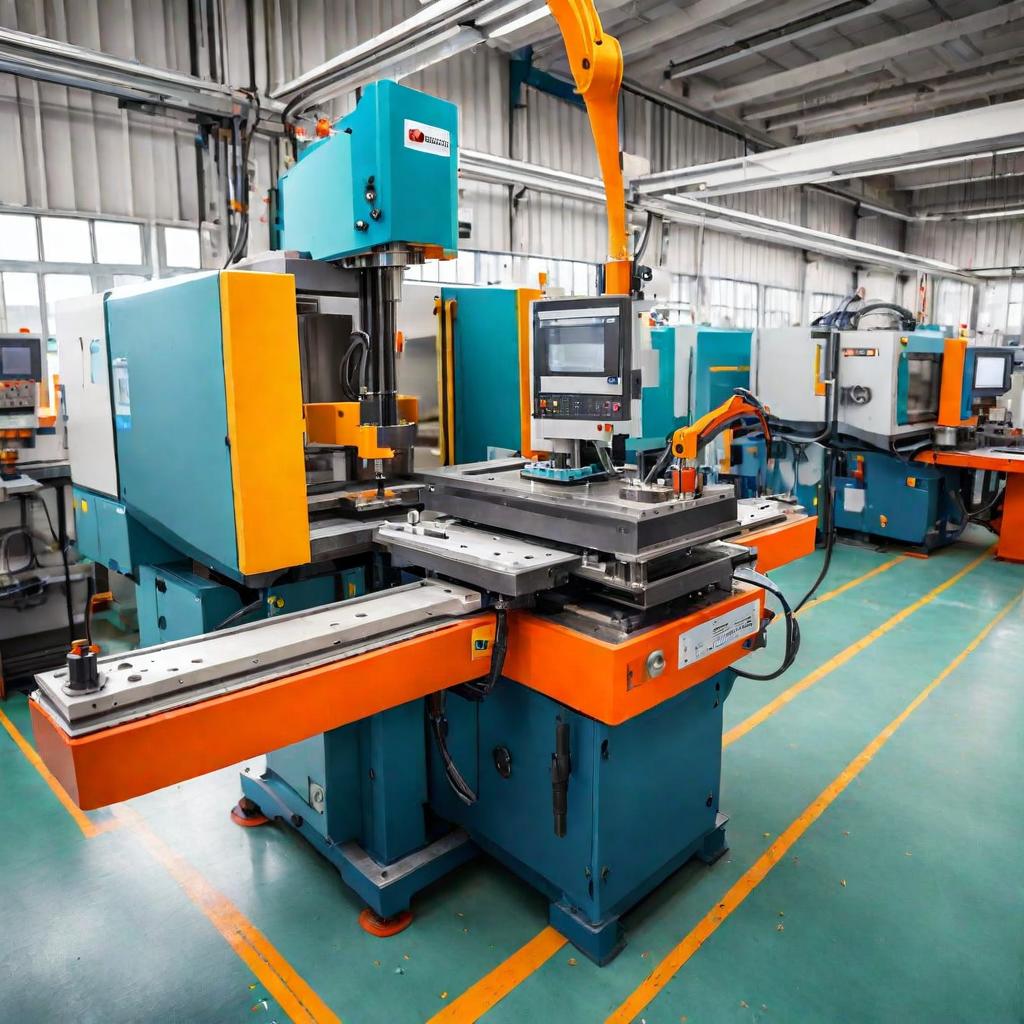Injection Moulding
Injection Moulding:
By injecting molten material into a mould, injection moulding is a common manufacturing method for producing parts. It can be used with metals, glass, and other materials in addition to polymers. An extensive summary can be found here:
Process Outline
- Clamping:
- There are two halves to the mould, and the clamping unit holds them together.
- Throughout the injection and cooling phases, the mould is securely held in place by the clamping unit.
- Injection:
- A heated barrel receives the material, which is typically a thermoplastic or thermosetting polymer.
- The material is warmed to a liquid state and afterwards driven through a spout into the shape hole by a screw or an unclogged.
- The material takes on the part's shape as it fills the mould cavity.
- Cooling:
- The material begins to cool and solidify once the mould is filled.
- Cooling time relies upon the material and part aspects.
- Cooling can be controlled through diverts in the form to guarantee uniform cementing.
- Ejection:
- The mould is opened after the material has solidified, and ejector pins are used to remove the component.
- The part might go through additional handling, like managing an of abundance material (sprue, sprinters, and glimmer).

Utilized Materials:
- Thermoplastics: widely used due to their recycling potential and ease of processing. Polystyrene (PS), polyethylene (PE), polypropylene (PP), and polyvinyl chloride (PVC) are all examples.
- Plastics that can be heated: Utilized for applications requiring high-intensity obstruction and primary uprightness. Melamine resins, phenolic, and epoxy are examples.
- Elastics: used for parts that are pliable and durable. Rubber and silicone are two examples.
Benefits:
- High Efficiency: Equipped for creating huge volumes of parts rapidly and reliably.
- Specificity: can create intricate shapes with high dimensional precision.
- Flexibility: suitable for numerous applications and materials.
- Less waste: Frequently, excess material can be recycled.
Negative aspects:
- High Initial Costs: The creation and production of moulds can be costly.
- Physical restrictions: A few materials may not be reasonable for infusion shaping.
- Restrictions on Design: Costs may rise as a result of complex parts requiring complex moulds.
Applications:
- Automotive applications: components, including dashboards, bumpers, and interior parts.
- Shopper Merchandise: Electronics casings, toys, and other household goods
- Health: Syringes, housings for medical instruments, and implants are examples of devices and components.
- Bundling: caps, lids, and containers.
Contemplations for Infusion Trim:
- Plan for Manufacturability (DFM): It is important to design components to reduce manufacturing difficulties and costs. This incorporates contemplations for wall thickness, draft points, and rib plan.
- Choosing the Materials: selecting the appropriate material for the final component's performance and desired properties.
- Mould Layout: ensuring that the mould is built to allow for the best possible material flow, cooling, and part ejection.
Find us
Factory
Shed no. 2, 3 & 4, Survey no. 25/2 & 25/3
New no. 391, Hosur Main Road, Chandapura
Bangalore - 560099
INDIA
HQ
Maini Group, Maini Sadan
No. 38, 7th Cross, Lavelle Road
Bangalore - 560001
INDIA
Let's Talk
-
Abishek Manimaran
-
Jishnu Nambiar (Kerala & TN)
-
Vijetha Varma
-
Pratheek U Shetty
©
. Maini Plastics & Composites Pvt. Ltd. All rights reserved.
Powered by Technoworth
Maini Plastics & Composites Pvt. Ltd.
Factory
Shed no. 2, 3 & 4, Survey no. 25/2 & 25/3
New no. 391, Hosur Main Road, Chandapura
Bangalore - 560099
INDIA
HQ
Maini Group, Maini Sadan
No. 38, 7th Cross, Lavelle Road
Bangalore - 560001
INDIA
Let's Talk
-
Jishnu Nambiar (Kerala & TN)
-
+91-895-194-3688
-
Vijetha Varma
-
+91-998-028-1023
-
Pratheek U Shetty
-
+91-990-054-1607
+91-990-007-5846
-
Abishek Manimaran
-
+91-890-406-2149
©
. Maini Plastics & Composites Pvt. Ltd. All rights reserved.
Powered by Technoworth